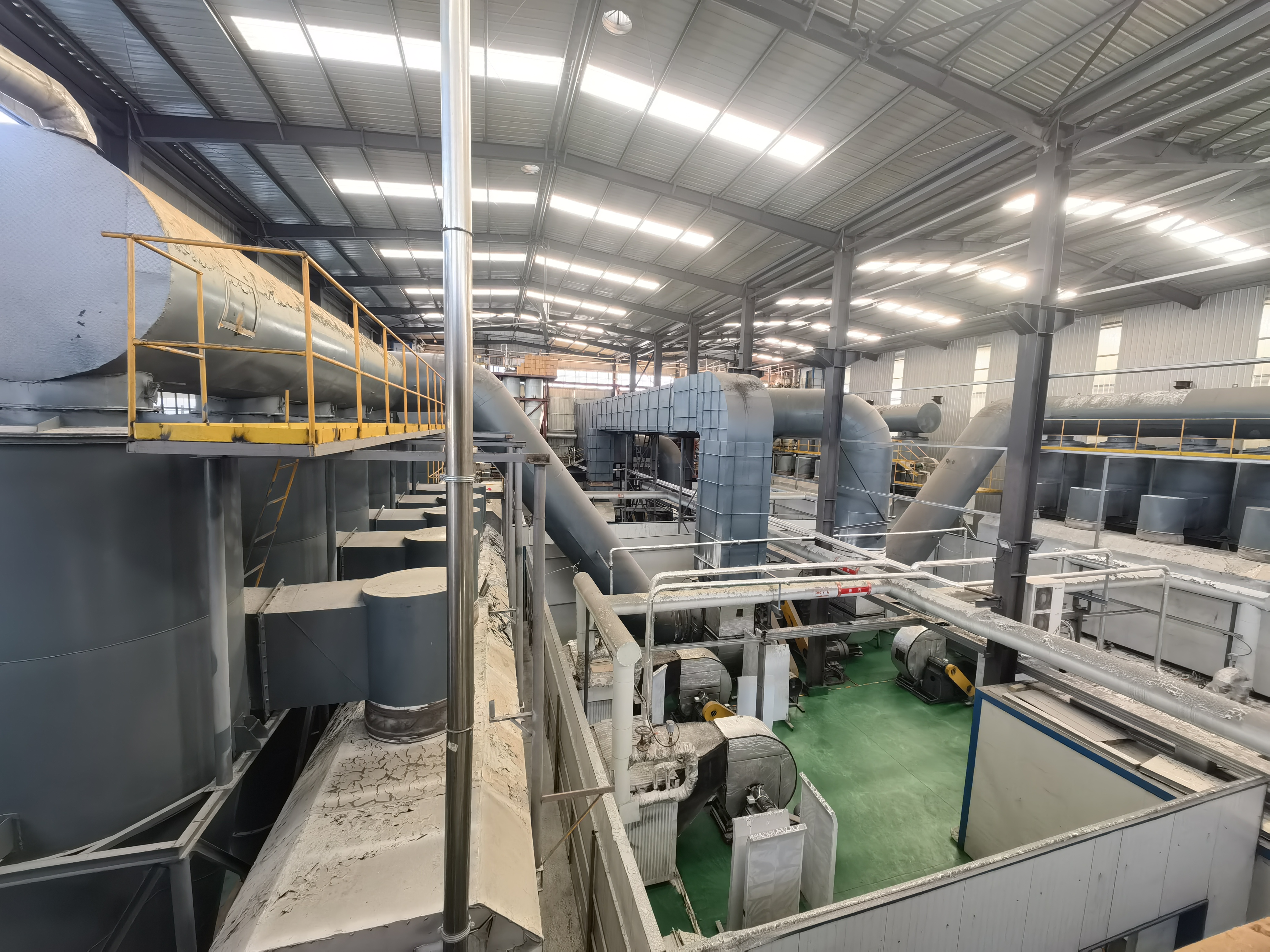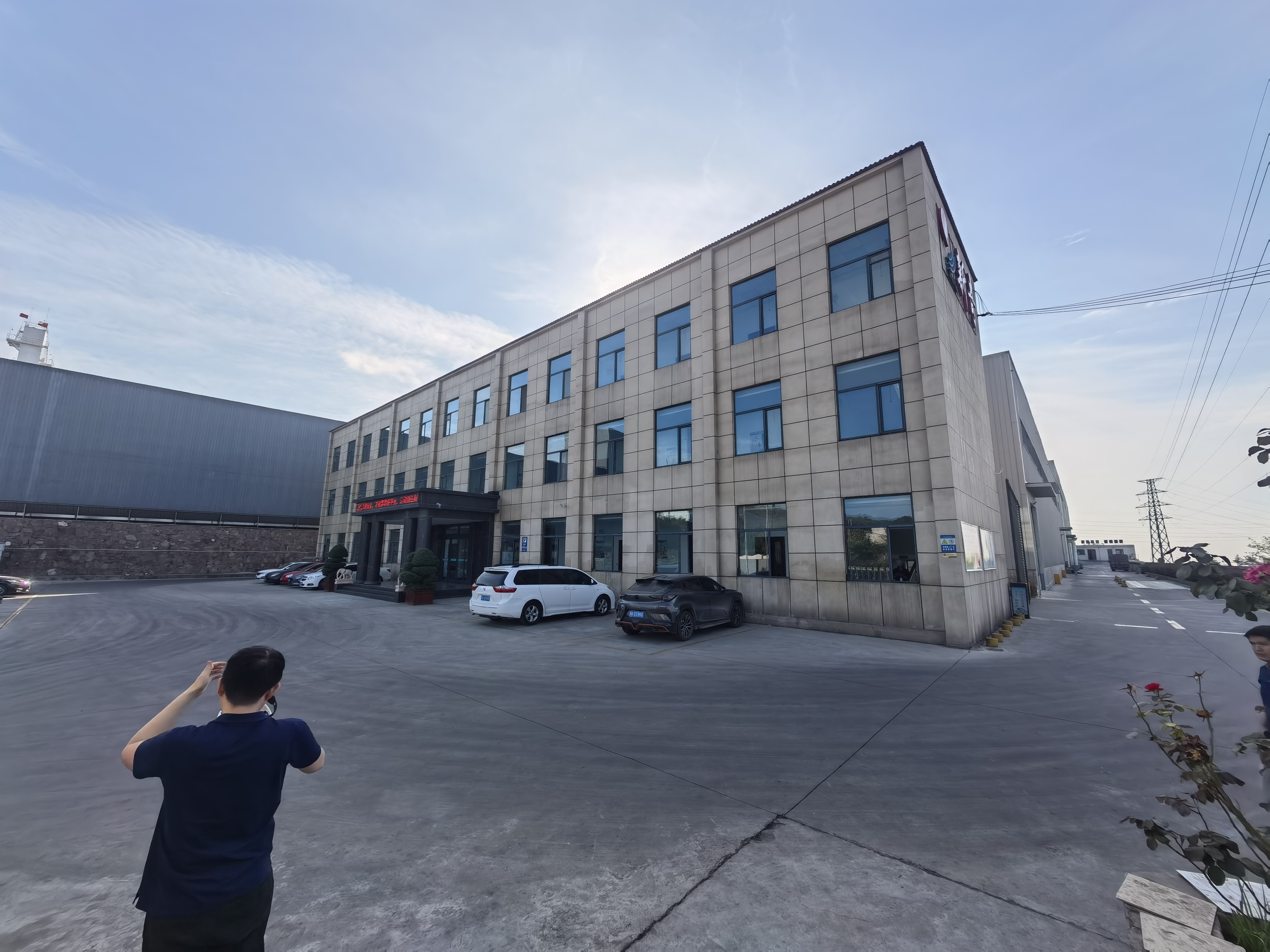pH Adjustment Chemicals in Water Treatment: What You Need to Know
Why pH Adjustment is Crucial in Water Treatment
pH adjustment is a fundamental step in water treatment processes. Whether it’s for industrial, municipal, or residential purposes, maintaining the right pH balance ensures the safety and efficiency of water systems. Chemicals designed for pH adjustment play a pivotal role in controlling acidity or alkalinity, preventing corrosion, and meeting regulatory standards.

Common Chemicals Used for pH Adjustment
A variety of chemicals are used to adjust pH levels in water treatment. These include:
- Acids: Sulfuric acid and hydrochloric acid are often used to lower pH levels.
- Bases: Sodium hydroxide (caustic soda) and lime are commonly used to raise pH levels.
- Carbon Dioxide: CO2 is an eco-friendly option for lowering pH in certain applications.
The choice of chemical depends on the specific requirements of the water treatment process and the chemistry of the water being treated.

Benefits of Proper pH Adjustment
Ensuring proper pH levels in water treatment provides numerous benefits, including:
- Corrosion Prevention: Balanced pH levels reduce the risk of equipment corrosion.
- Improved Efficiency: Optimal pH levels enhance the performance of other treatment chemicals and processes.
- Environmental Compliance: Proper pH adjustment ensures treated water meets environmental discharge regulations.
Without the correct pH balance, water treatment systems can fail, leading to costly repairs and environmental damage.

Challenges in pH Adjustment
While pH adjustment is essential, it comes with challenges, such as:
- Precision: Achieving the exact pH level requires careful monitoring and dosing.
- Cost: The choice of chemicals and equipment can impact overall costs.
- Safety: Handling pH adjustment chemicals requires proper training and safety measures.
Despite these challenges, advancements in water treatment technologies are making pH adjustment more reliable and efficient than ever.
Conclusion
pH adjustment chemicals are indispensable in water treatment, ensuring water safety, system efficiency, and environmental compliance. By understanding the role and benefits of these chemicals, operators can maintain optimal water quality while minimizing costs and risks.
Investing in the right pH adjustment solutions is not just a regulatory necessity but also a smart move for long-term efficiency and sustainability.

